Increasingly, I am finding myself choosing screens over paper. I still love magazines, I still love books, I still love sticky notes, but today, I thought I would analyze why my life is being filled with more bits, and fewer pages.
Have you ever saved a magazine because it had an article you liked in it? Have you ever gone back to that article? Do you have piles of old newspapers and magazines lying about?
This is one of the many things that search engines have given us – the ability to dive deep into the archives of all media to pull up relevant results the moment you need it. Like many of you, I grew up in an age where libraries were the sole repositories of information, and even then, I always found the process of information retrieval arduous and disappointing.
I can’t help but feel the web shows more respect to the usefulness of content, even if there is debate about how well the web respects copyright.
Digital Finds Ways to Be Useful. Print Waits.

Because digital media is inherently connected to services and new applications – each piece of information can find itself being stretched and morphed in new ways to solve a need. The Wolfram Alpha search engine is just one easy example of this.
Print on the other hand, is literally bound to its medium. It is what it is, and can be used in a single fashion – each piece of information separate from another – and certainly separate from services that can extract more value.
Digital Isn’t Loud, Dirty & Big.
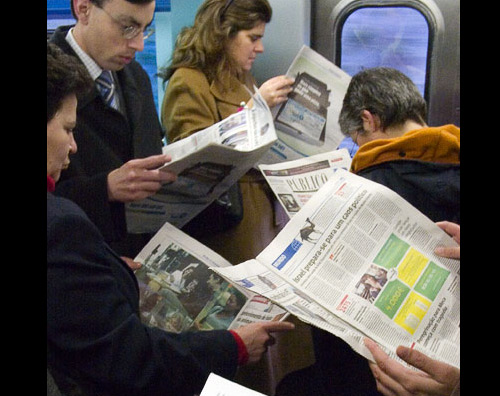
If you have ever had a crowded commute on a train or bus, you will know what I mean here. On a 95 degree summer day, when you are crowded onto a train next to thousands of other people, the tactile aspect of newspapers actually becomes a hindrance.
You easily bump into the person next to you with it; you find your hands are blackened with ink, and that you could annoy the person next to you with the constant shuffling sound of the pages.
But my iPhone is small and silent – a stealthy way to consume media.
Once you digitize something, you unleash a world of possibilities. No longer confined to one medium, it can morph, evolve, be segment or expanded, be updated, be aggregated, be hyperlinked, and mashed up.
To some, this is a gut-wrenching thought – an infringement on the intended use, as well as potential copyright infringements. But to others – namely an entire generation of the world who grew up with the web, a digital piece of content is just the starting point to what it can become.
I recently began watching old episodes of Lou Grant for free on Hulu. The title sequence starts with a tree being cut down, and then takes you through the process of turning it into a newspaper, and to it’s afterlife at the bottom of a bird cage. The lifespan of a newspaper is incredibly short – just look at the trash bins at Penn Station in New York by 9:30am; they are overflowing with current day’s papers – already used up.
Digital certainly consumes energy, but the inherent waste is not as evident, as millions of copies of a single piece of content can be replicated and spread across the world in moments.
Digital Connects & Integrates. Print Stands Alone.
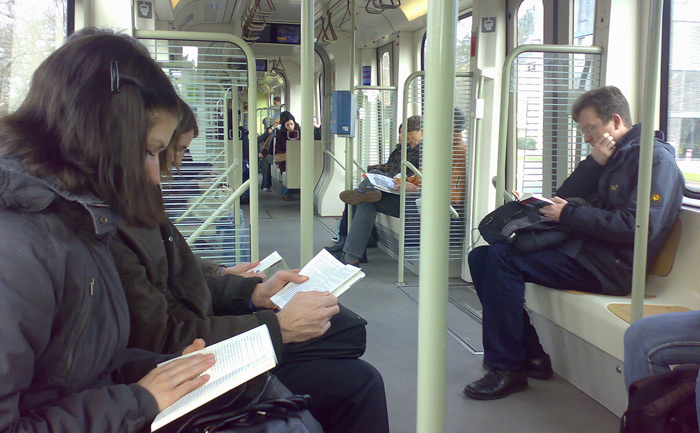
As our lives have become more focused on information and media in the past few decades, the web has been an amazing tool to integrate the many data streams in your life. From online banking, to RSS readers, to iPhone apps, email, Word document, digital images, and social networks – people are increasingly seeing digital content working together.
Print media doesn’t play well with anyone else. It can be clipped, photocopied, and saved, but it always remains in its original form. For a beloved book, this could be fine. But when considering the education needs of the planet, and the productivity needs of all businesses, there is clearly a better way.
Digital Empowers the Masses; Print Has Gatekeepers.

In college, I remember one of my professors explaining that the op-ed page of the New York Times was the most important page in the newspaper because it contained the voice of the people. Today, "the people" are not relegated to a single page – they are able to publish their own content and comment on the content created by others. Simply put: the web has given each and every one of us a voice in this world.
Digital Encourages Creation. Print Encourages Consumption.

Print is a passive medium, while digital – oftentimes – is an active medium. Even if you are watching a TV show online, you can simultaneously be on a forum discussing it.
There is a profound shift taking place in our culture in this regard – people who are more inclined to create content, then simply consume it. Larry Lessig spoke of this in terms of copyright law in an amazing TED talk.
Digital is Beginning to Feel Right
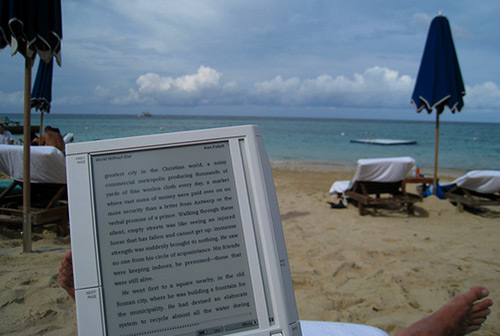
So many members of my family were holdouts on Facebook – refusing to even consider joining – UNTIL they realized that it was a portal to tons of family photos. Then, suddenly, you see the barrier break down, and older relatives joining the service and becoming active contributors.
Certainly, we are still in transition. The Kindle is an interesting product, but still needs to evolve. As we find personal connection more and more in the digital realm, the reasons for avoiding it will slip away.
Digital continues to make a compelling case for its future, while print can only hope to convince you that things were better in the 19th century.

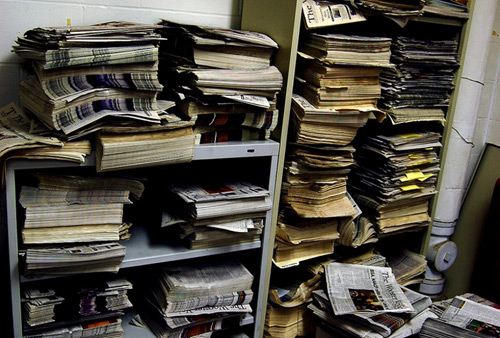
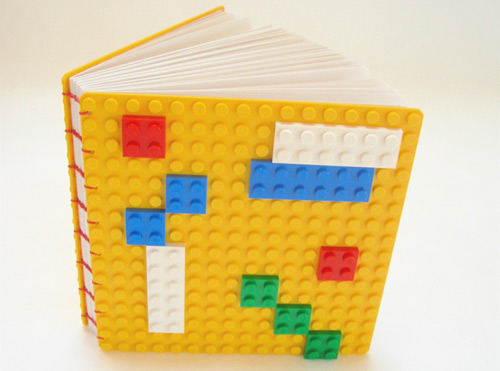
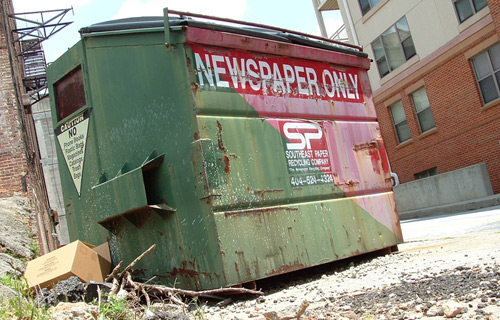
Much of what you say is true, and I agree up to a point. But until everyone in the world can afford laptops, iPhones and Kindles –and the social/economic/cultural infrastructures needed for them to work well– there's nothing that will beat an affordable newspaper.
Beyond the mere “technological divide,” which for many is just a concept and not something really experienced, most talk about print/digital and the future of newspapers ignores a great percentage of the world that can't even afford a telephone line.
Ernesto – Great points, sometimes I forget how myopic my view of the world can be. Have a nice day.
-Dan
The digital divide is a real issue, but focusing on print over digital will not, in the long run, benefit the economic underclass. Already we are seeing mobile broadband closing the digital divide for minority populations. http://arstechnica.com/tech-policy/news/2009/07… Perhaps the mobile phone is the new octavio volume. (See Shirky's http://www.shirky.com/weblog/2009/03/newspapers…)
Great points & links – thanks!